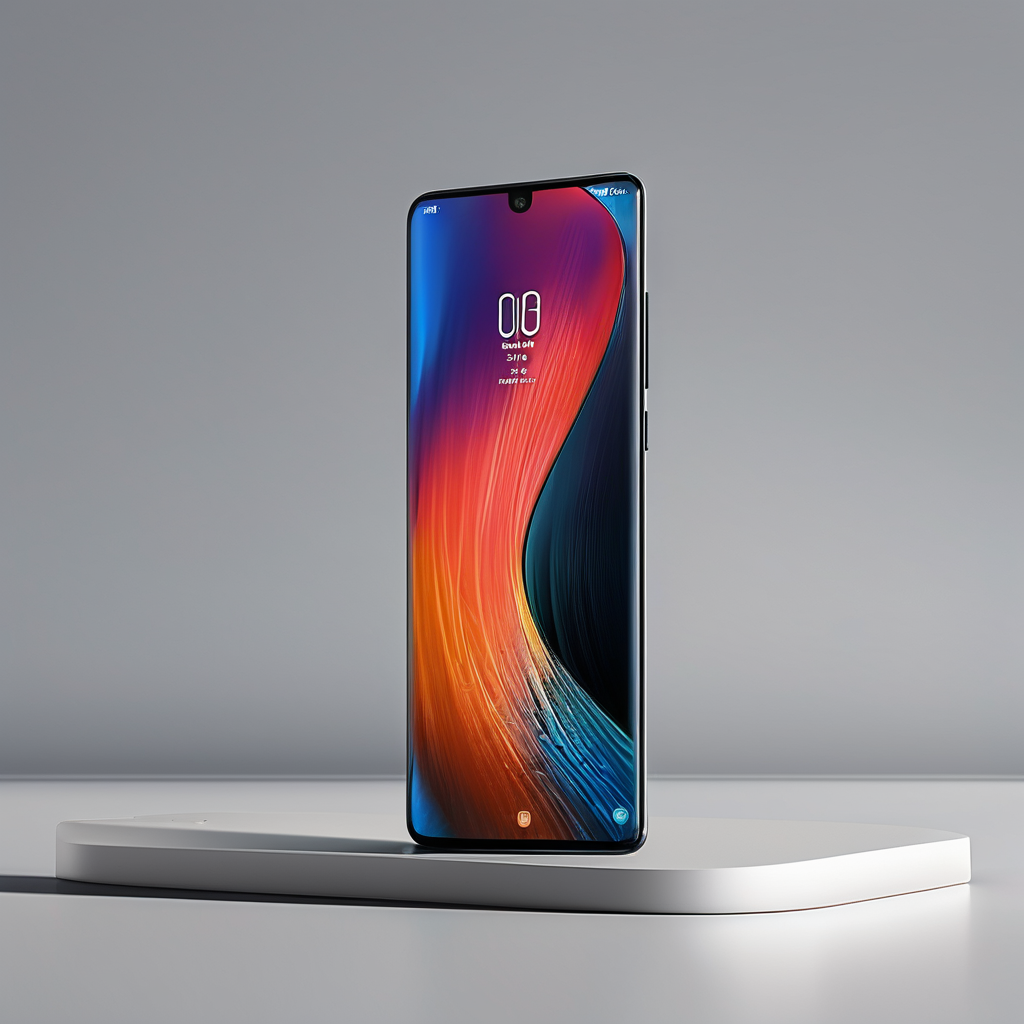Xiaomi has introduced its latest smartphone series, the 17 Pro and 17 Pro Max, which marks a significant shift in design and functionality. Traditionally known for its advanced photography features, Xiaomi’s flagship Android phones are now embracing a more contemporary approach, aligning with the design trends of 2025.
Both models in the 17 series are equipped with a second screen located on the back. This feature is not just for aesthetics; it provides practical benefits such as displaying notifications and the time, enhancing the selfie-taking experience with the main camera, and even allowing users to play games. While folding phones have popularized dual-screen setups, Xiaomi’s latest offering suggests a different path. The 17 series aims to deliver the benefits of dual screens without the complexities and costs associated with foldable devices, presenting a polished and innovative candy-bar design in the 17 Pro Max.
The practicality of this rear display might vary, but its introduction is undoubtedly innovative. On initial inspection, the 17 Pro Max seems current, boasting a flat screen and a sleek metal frame. When compared to other flagship models like Google’s Pixel 10 Pro XL, it has a familiar feel, akin to certain Apple designs. Notably, Xiaomi’s updated naming convention reflects a strategic move to avoid appearing outdated alongside other top-tier brands.
In this new design, Xiaomi has replaced the previous circular camera arrangement with a sleek rectangular module, termed the Dynamic Back Display. This rectangular display measures approximately 2.5 x 1.8 inches, with its corners and camera lenses slightly reducing the usable area. The company has limited the functions of this secondary screen to specific tasks, optimizing it for particular user experiences.
In essence, Xiaomi’s 17 series represents a significant shift in their smartphone offerings. By introducing a second screen, the company has shown its commitment to innovation and adapting to changing consumer preferences. This move is likely to set a trend for future smartphone designs that seek to enhance user interaction and functionality without resorting to more complex and costly technological solutions like foldable screens.
